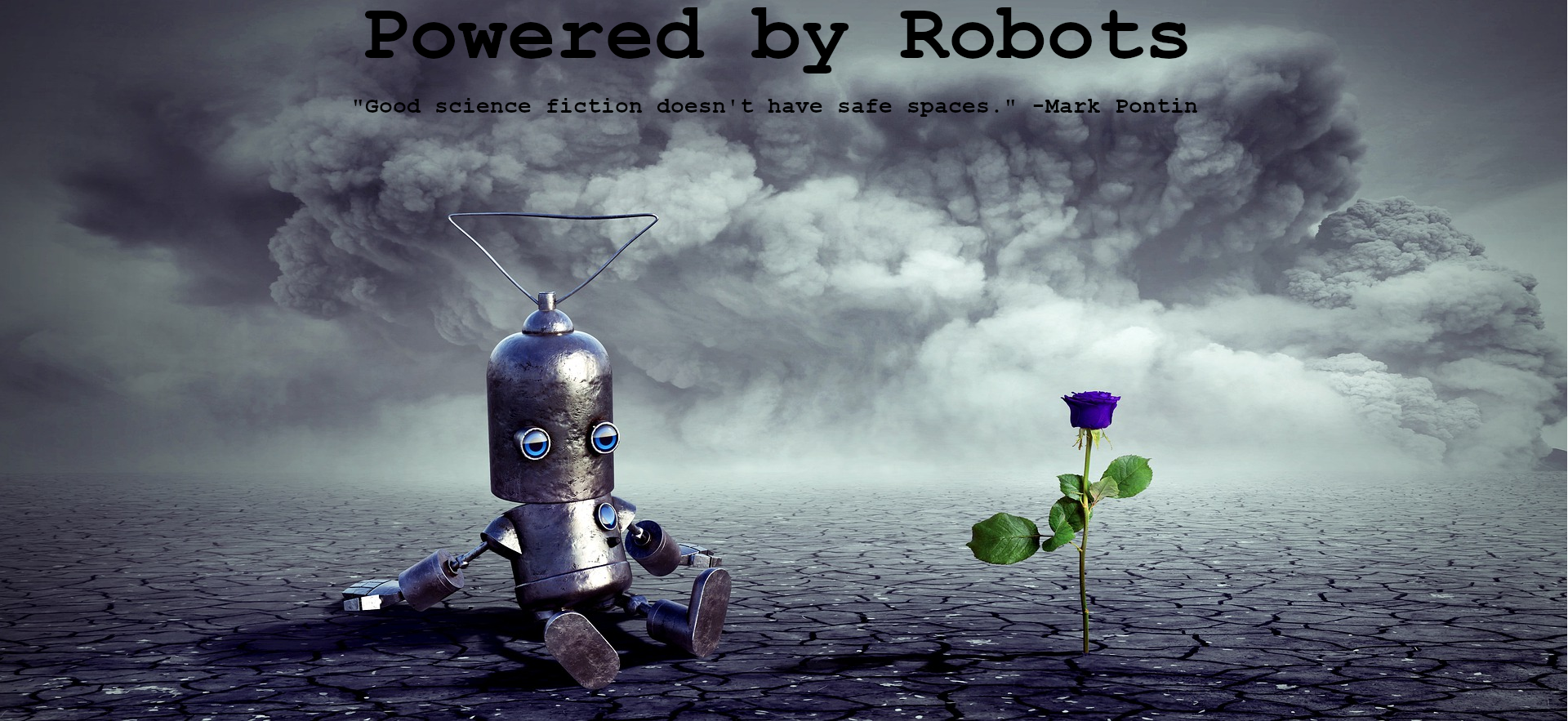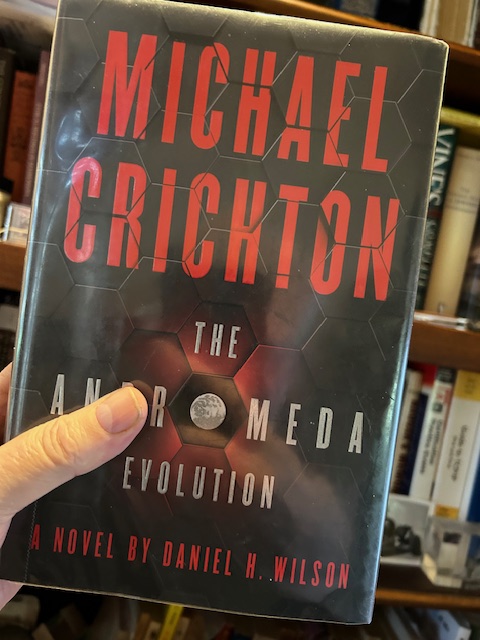If you like my work, buy me a virtual cup of coffee at Ko-Fi.
I heard about Daniel H. Wilson’s novel The Andromeda Evolution almost by accident and found that my local public library had a copy.
I read Michael Crichton’s 1971 novel The Andromeda Strain way, way back in the day and I’ve seen the 1971 movie adaptation a number of times and enjoyed them both.
But fifty years later and written by another author, even with the Crichton family’s blessing, how would this turn out?
A lot better than I expected.
The book started out very slowly and I was afraid it would be a hard slog all the way through. On top of that, Wilson sometimes decided to lecture the reader on the evils of colonialism and how bad white people and civilization is for indigenous people (the main action takes place in a protected reserve in the Amazon). I thought if this was going to be the tone of the book, it would be tedious and I almost stopped reading it once or twice.
Fortunately, Wilson didn’t belabor the point too much and then things began to pick up.
The Wildfire team assigned to go in-country to investigate the Andromeda anomaly growing in the literal middle of nowhere is multi-national by necessity. The world, or at least the covert intelligence agencies in various nations, know about Andromeda, so when it’s detected in a remote area of Brazil, a team of four from various countries is assembled and deployed. The last minute addition of James Stone, son of original Wildfire member Jeremy Stone, isn’t well received by the rest, and what does a robotics expert have to offer the team anyway?
Turns out that Stone and Harold Odhiambo are the two most likeable characters in the novel. Nidhi Vedala and Peng Wu left me rather cold, but they were chosen for their skills, not their personalities.
Actually, they were carefully crafted to reveal their better natures as events progressed, Wu’s only in the last few seconds of her life.
Wilson did his research and the novel is expertly assembled as a series of formal documents, recordings, videos, and direct testimony chronicling the investigation into the new Andromeda variant
I can understand why Wilson created Sophie Kline to suffer from a form of ALS relative to her implanted brain/computer interface. But it seemed like in real life (the author worked hard to make all this seem like real life), having an astronaut on ISS who had limited mobility, would be a safety hazard for her and the others on the station. That said, her disability was part of her motivation to go rogue and nearly destroy the human race.
Adding the indigenous boy Tupa was a nice touch as well as his bond with James but his ultimate fate, while satisfying, was puzzling.
If you’re going to say that modern civilization and technology is bad for indigenous people, then having two scientists who live in Los Angeles adopt and insert him in modern western culture after growing up for the first ten years of his life basically in the stone age is at least questionable if not crazy. Sure, his people (as far as we know) were wiped out by Andromeda, but weren’t there other protected people groups he could have been placed with? I hated to think how he’d be received by his age mates in our schools.
There are secret coalitions, conspiracies, assassination attempts, and a whole lot of skullduggery that definitely felt like the real world, as if the crap we see in news and social media were pulled back and we got to see what’s really going on behind the scenes (and everyone else in everyplace else).
Although I’ve been reading about space elevators for decades, I still had a hard time believing the one depicted in the book would actually work. I had an even harder time believing that James could survive traveling down the elevator at Mach 2 while basically being incinerated by atmospheric friction. Even if “only” the outside of his space suit was scorched, the internal temperature would have killed him. Also, jumping off a platform traveling downward at something like 1,500 mph wouldn’t mean he’d suddenly go faster or slower. When his bomb went off, he should have been traveling parallel to it.
Never mind that jumping from thirty miles up still enabled him to land right where he started off rather than various layers of atmosphere pushing him hundreds to thousands of miles off target. I fully expected James to die, and logically he should have (emotionally, I was glad he survived).
Anyway…
The book actually (eventually) turned into a page turner, especially once James and Nidhi got into space and on ISS. The big reveal about James caught me by surprise and it nicely explained his PTSD in relation to the original Andromeda events in Arizona.
The Andromeda mutation is finally flung into deep space, but seemed to get to Saturn in a few days to a few weeks at most when it should have taken years.
The novel’s end set up the expected sequel. Overall, it’s quite good and an enjoyable read except for those items I’ve already mentioned (there were more, but I won’t go into them here).
Techno-fans will especially enjoy the novel and it’s a worthy read.

